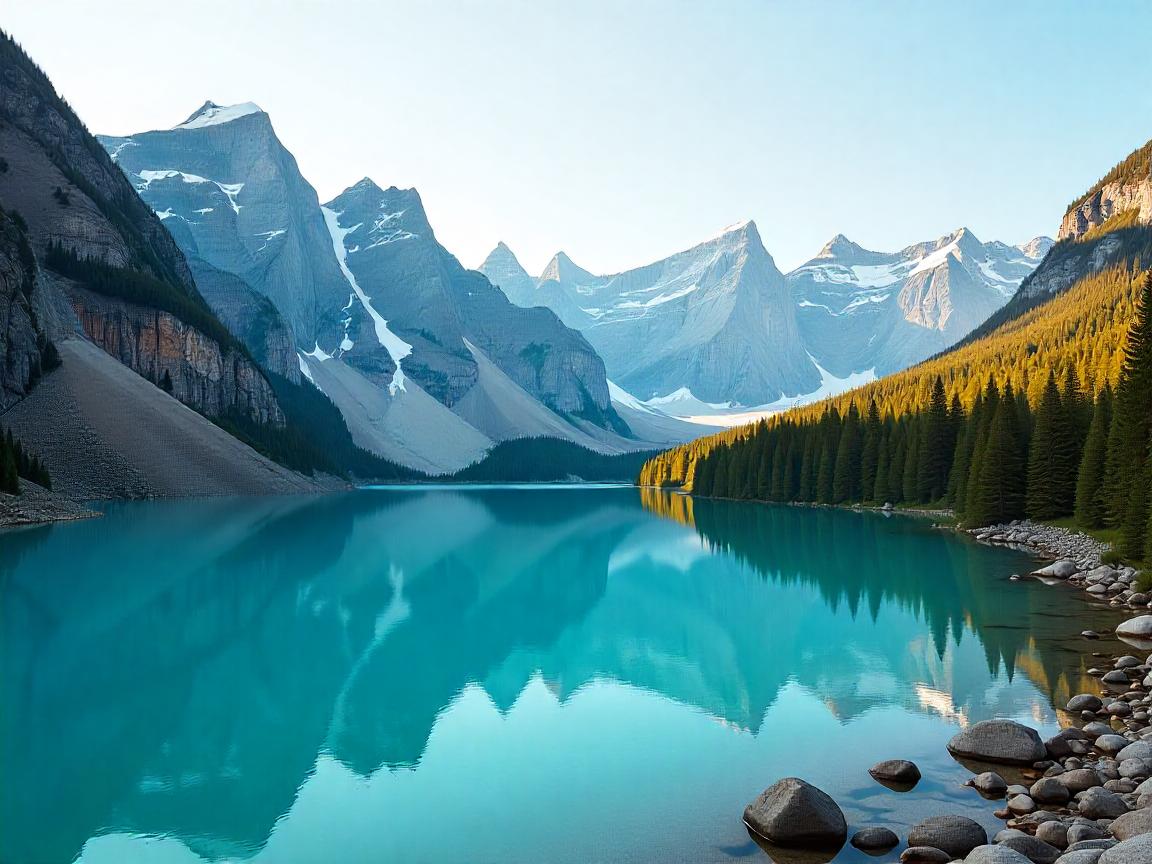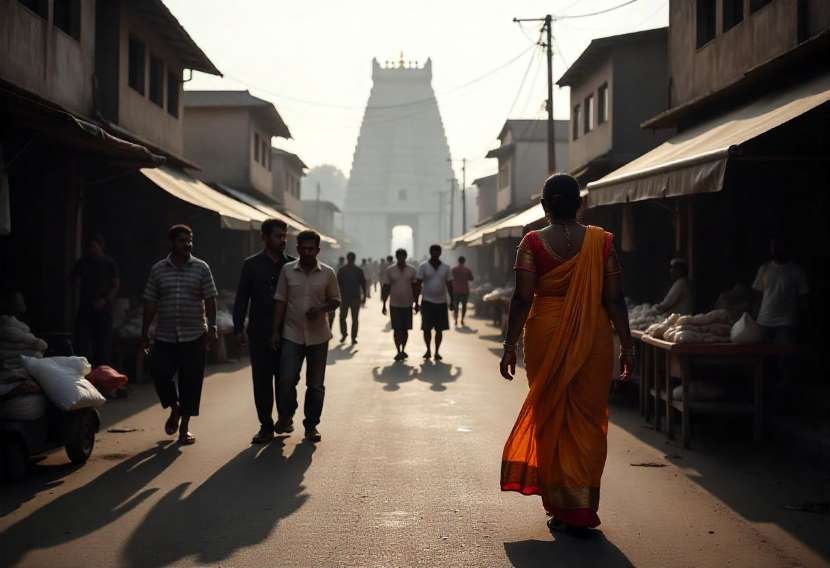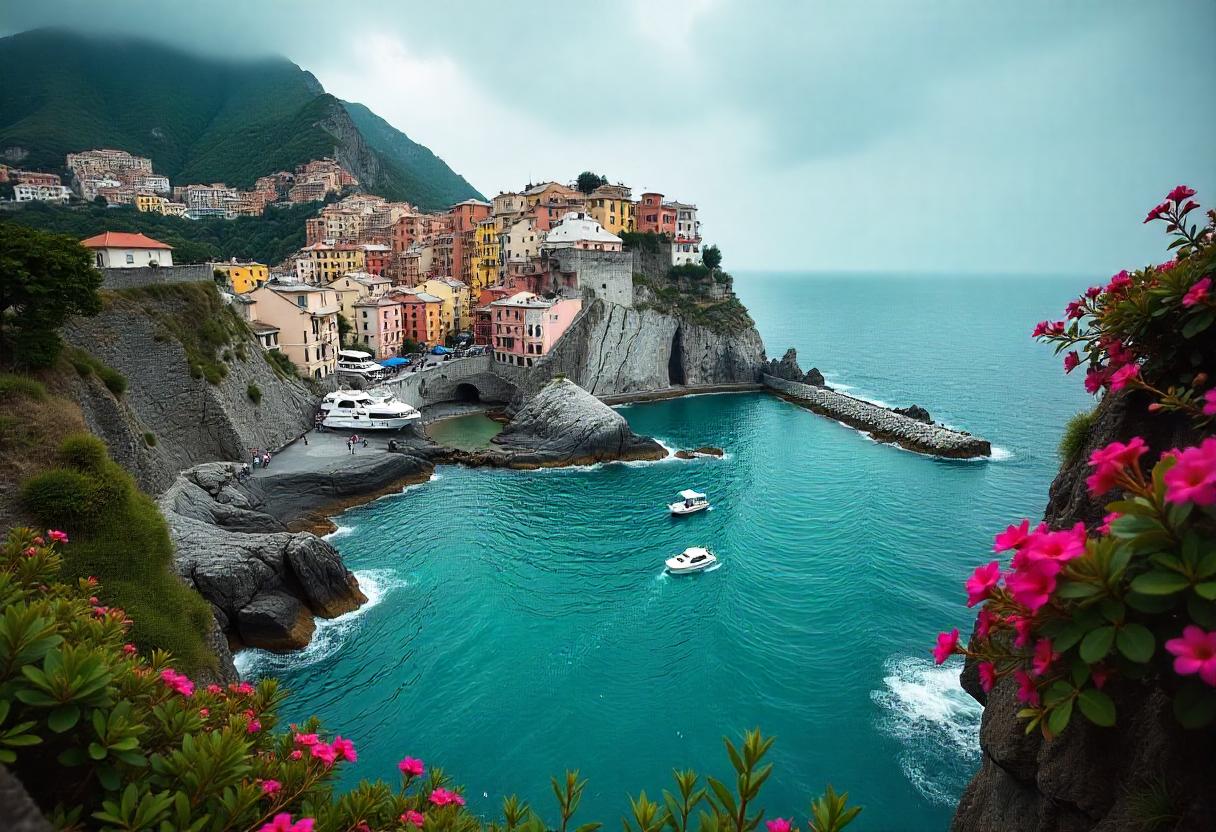≡-India Puts Jammu and Kashmir on the Global Tourism Map Through Inclusive Infrastructure, SPREAD Policy for Emerging Destinations, and Record-Breaking Amarnath Yatra Participation – Viral of Today
<> Viral of Today <>
Home » India Travel News » India Puts Jammu and Kashmir on the Global Tourism Map Through Inclusive Infrastructure, SPREAD Policy for Emerging Destinations, and Record-Breaking Amarnath Yatra Participation Wednesday, July 9, 2025India is rapidly integrating Jammu and Kashmir into a vibrant multi-faceted tourism hub by integrating international diplomacy, religious heritage, and strategic infrastructural improvement. After the success of the 2023 G20 Tourism Working Group in Srinagar, the region now aims at a SPREAD strategy based on diversified travel circuits, nine new destinations, and generation of more than five lakh direct job creations in its first year of operation. With faith tourism such as Shri Amarnath Ji Yatra luring all-time high footfalls, and new accessibility initiatives such as a planned ropeway for senior citizen pilgrims, India’s holistic strategy hints at a visionary objective: utilizing tourism as a force of inclusive development, international recognition, and long-term regional peace.Jammu and Kashmir Emerges as a Rising Force in Tourism with Multi-Sector Growth and Infrastructure Upgrades*Each year, Jammu and Kashmir is increasingly becoming one of India’s most vibrant travel spots, propelled by ambitious administration initiatives and a firm belief in tourism-driven economic growth. The UT is now aggressively embracing several travel niches, ranging from adventure to spirituality, and appealing to domestic and international audiences as a viable destination. As footfalls rise and infra improves, the territory will increasingly provide travelers not just natural splendor but also a hassle-free, well-facilitated experience.G20 Tourism Meet Puts Kashmir on World MapOne of the pivotal moments in the region’s tourism journey came with the successful hosting of the G20 Tourism Working Group meeting in Srinagar in 2023. This high-level international event served as a turning point, significantly enhancing Jammu and Kashmir’s credibility in global tourism circles. It was hailed as a landmark achievement that not only placed the valley in the international spotlight but also boosted investor confidence and global interest in its tourism potential.Expanding the Tourism Horizon through PlanningThrough its policy of inclusive tourism development, the government has unveiled the SPREAD program—Strategic Promotion and Revamping of Emerging Alternate Destinations. This strategy will spread tourism gains more equitably throughout the region by showcasing lesser-known but high-prospect sites. It’s ambitious but attainable: bringing nine nascent tourist spots to the mass map while availing direct employment for half a million locals in the initial year of operation.It’s about more than just numbers. It’s about a dream of sustainability and accessibility. Shifting tourists away from the usual hotspots, encouraging them to see things they don’t normally see, should alleviate congestion in busier spots and spur economic development in smaller towns and off-the-beaten-track areas. Particular emphasis is being put on infrastructure and connectivity so that those off-the-beaten-track areas are convenient and attractive to domestic and overseas visitors.Inclusive Tourism: Enabling Pilgrimage for AllA focal point of the tourism strategy is inclusive spiritual travel, in particular around one of north India’s most significant events—the Shri Amarnath Ji Yatra. Observing the difficulties that are faced by old and disabled pilgrims, the government is driving forward proposals for building a two-stage ropeway to the sanctum shrine. This project aims to revolutionise access and safety for tens of thousands of pilgrims who trek annually, reducing dependence on physically demanding treks and promoting broader involvement across all ages.Amarnath Yatra Sets Record Figures Despite Logistical BoostThe robustness of Jammu and Kashmir’s tourism planning stood testimony this year during the Amarnath pilgrimage, which began on July 3. More than one lakh eleven thousand devotees had descended upon the 3,880-metre-high cave shrine in just one week, overcoming challenging terrain through the Baltal and Nunwan-Pahalgam tracks. On July 9, more than eighteen thousand six hundred pilgrims trekked, including men, women, children, ascetics, and security forces. To handle the surge, elaborate arrangements have been announced by the administration. More than three and a half lakh pilgrims have registered online so far, and ground arrangements are being added day after day. Fifteen registration points are operational through all entry points, and accommodation arrangements for over fifty thousand pilgrims have also been made through one hundred accommodation centers from Lakhanpur to Banihal.Technology has also been incorporated in the safety measures, and Radio Frequency Identification (RFID) tags have been given to all pilgrims to aid movement tracking and prompt response during emergencies.Security and Coordination at Unprecedented LevelsSafety during the yatra remains a point of high emphasis. During this year, over 180 companies of Central Armed Police Forces have been deployed for securing yatris and ensuring smooth running of the 38-day yatra. This includes thirty more companies than had been deployed in the earlier year, and it speaks of both the scale of the event and the seriousness of the administration towards security and co-ordination.Its ritual cortege, or Chhari Mubarak, will also begin on August 4 from Srinagar. Preparation rites will also commence on July 10, on the occasion of Guru Purnima, which will also signal the advent of the spiritual peak of the season of pilgrimages.Tourism Reforms Reshaping Jammu and Kashmir’s FutureUnderlying all of these initiatives lies a deeper story: one of regional pride, economic empowerment, and peace-building. It’s no longer just about bringing in visitors to a regional tourism strategy but also about job creation, cultural renaissance, and robust infrastructure.The warm hospitality of the local population has emerged as a key asset, turning every visitor into a potential ambassador for the region. Whether it’s a film crew exploring dramatic landscapes, spiritual seekers on a sacred journey, or adventure enthusiasts scaling mountain passes, Jammu and Kashmir is preparing to meet diverse expectations with world-class service and authentic experiences.India is redefining Jammu and Kashmir’s future of tourism by utilizing the G20 limelight, enhancing spiritual circuits such as the Amarnath Yatra, and initiating the SPREAD strategy to generate employment and develop new-age destinations. As faith, policy, and vision align in Jammu and Kashmir, the region is stepping confidently into a future where tourism is not only a pillar of the economy but also a symbol of renewed hope, harmony, and transformation.
This information will surprise you!
See also
- Read until the end to discover everything.
- Important information you need to know.
- Interesting facts and helpful tips.
Conclusion
Did you enjoy the news? Keep following us daily!













